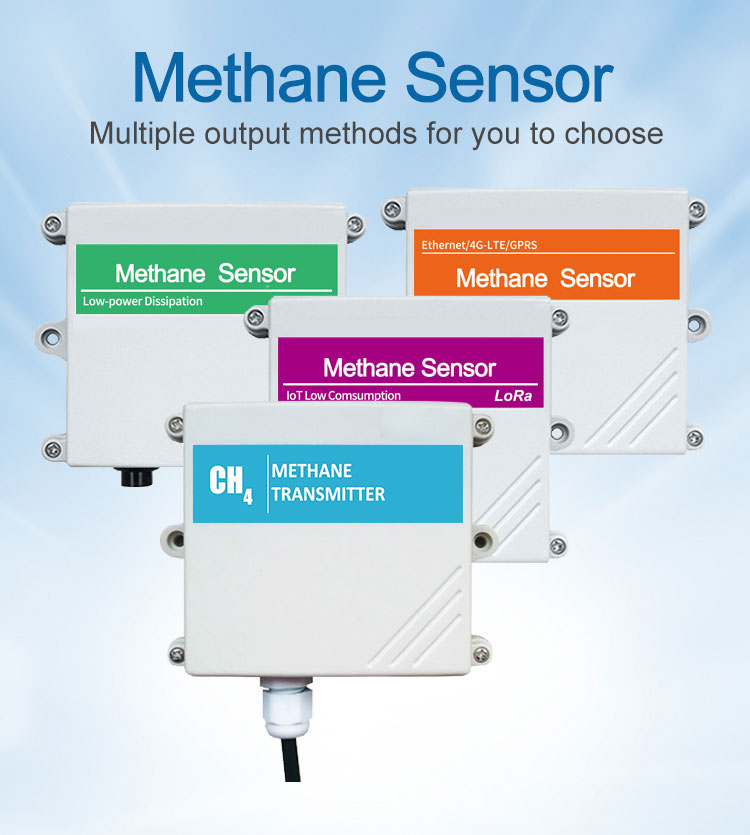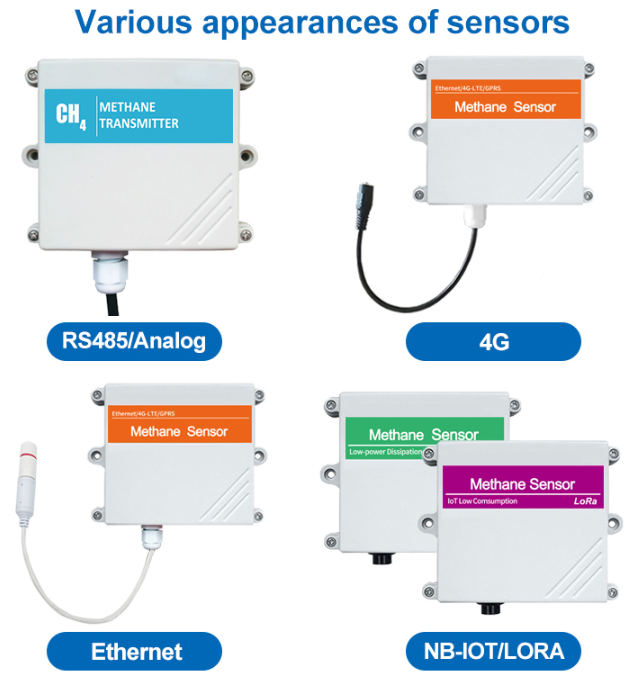Methane gas detector

The most important equipment in a methane gas detector is the detector, also known as the sampler. This consists of a valve, a sampling tube, and a detector head. The valve can open and close the sampling tube, allowing gas to enter the tube and flow through it. The sampling tube is inserted into a space in the detector's head, usually a cylinder with a cover. The detector head has a valve that allows gas to escape and a light that flashes to know there is gas.
How to use a methane gas detector

Follow the manufacturer's instructions when using a methane gas detector. This may include properly connecting the detector to the system, adjusting the valve for optimal detection sensitivity.
The following are some additional steps that may be necessary when using a methane gas detector:
- Wash the detector with distilled water after each use to prevent accumulation of soil or other particles that may affect the accuracy of the detector.
- Avoid placing the detector in a place with a high concentration of oxygen, such as an area near a furnace or a combustion source.
- Store the detector in a dry, well-ventilated place away from sources of heat and sunlight to prevent degradation of the detector electronics.
- During non-use, cover the detector head with a clean, dry cloth to prevent evaporation of the gas.
Methane gas detection in the workplace
Methane gas is a kind of dangerous gas which causes serious harm to human health and environment. Therefore, the installation and use of methane gas detector in the workplace is essential. An important question is where the gas will come from. For example, illegally extracted natural gas from some Chinese villages may contain high levels of methane gas. Therefore, the installation of methane gas detector is very necessary.
A wide variety of methane gas detectors are available, including some that use laser technology to directly detect the gas. In any case, follow the instructions provided by the maker and check the detector regularly.
It is also important to install a proper ventilation system to ensure smoke damage does not damage the sensor. In addition, the installation of special isolation equipment, and then the detection of harmful gas treatment.
Conclusion
Methane is a human activity is toxic and dangerous greenhouse gases. Therefore, it is essential to install and use methane gas detectors in workplace.
A variety of methane gas detectors are available. It is important to follow the manufacturer's instructions and regularly check the sensor for accuracy and function.
 : +86 155 8830 2704
: +86 155 8830 2704 : jxdziot@gmail.com
: jxdziot@gmail.com
